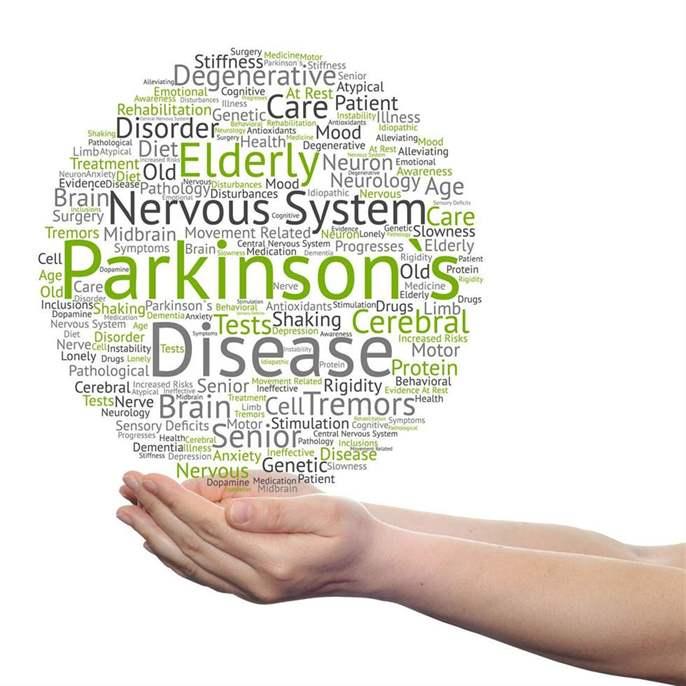 Parkinson’s disease is a neurodegenerative disorder that affects a patient’s movement and mobility. Over time, it causes the brain cells that produce dopamine to die quicker. Experiences range from patient to patient; to help you understand this disease, we’ve compiled some information about its onset, symptoms, and treatments:
Parkinson’s disease is a neurodegenerative disorder that affects a patient’s movement and mobility. Over time, it causes the brain cells that produce dopamine to die quicker. Experiences range from patient to patient; to help you understand this disease, we’ve compiled some information about its onset, symptoms, and treatments:
What causes Parkinson’s disease?
Dopamine plays a significant role in the development of Parkinson’s symptoms. It’s a neurotransmitter that most people know for its role in reward and motivation, but it’s also involved in motor control. When dopamine degenerates in the substantia nigra, a part of the brain responsible for regulating movement, Parkinson’s symptoms begin to appear.
Researchers have not yet found one distinct cause for the disease. They have, however, identified several risk factors. One is genetics—it’s estimated that 10-15% of people with Parkinson’s have it because of their genes. But there is no single gene or mutation that causes the disease. Environmental factors also play a role in its development, like head injuries or pesticide exposure. More Lewy bodies (clumps of protein) are present in the brains of people with Parkinson’s, yet scientists have not determined why. People tend to get diagnosed with this disease when they reach age 60.
There are no diagnostic tests that can identify Parkinson’s in an individual. Blood and urine tests are used to eliminate the possibility of other conditions. A clinical diagnosis is determined by questionnaires and a physical assessment by a physician.
What are the symptoms?
The most commonly recognized symptoms of Parkinson’s are muscle tremors and other changes in movement, including stiffness and slowness. As the disease progresses, symptoms tend to get worse. Patients may have difficulty controlling their facial expressions, balance, and voice. They also experience trouble chewing and swallowing. Many Parkinson’s patients also deal with constipation and issues with bladder control.
During the late stages of the disease, patients may experience hallucinations and delusions, but these are typically due to side effects from medications. Other symptoms of Parkinson’s that are unrelated to motor functioning include depression, trouble sleeping, and cognitive impairment.
What kinds of treatments are available?
There is currently no cure for this disease, but various types of therapies can help patients manage their symptoms. A physical therapist can assist with balance and mobility issues, while a speech therapist can help a patient speak more clearly. Regular exercise can keep muscles strong, which can aid with control and functioning. Muscle tremors make it difficult for people with Parkinson’s to hold utensils, so special stabilizing spoons and forks are available to assist with eating. To help manage the degeneration of dopamine, medications are used to increase levels of this neurotransmitter in the brain.
When patients are unresponsive to medication, they can seek deep brain stimulation surgery. Electrodes can be used to send an electric pulse to areas of the brain affected by Parkinson’s.
This disease does not develop the same way for everyone. Some may see a rapid progression of their symptoms, while others may never reach the late stages of the disease. The Hoehn and Yahr scale was developed to help physicians and patients understand the development of Parkinson’s. It includes five stages; one is when mild symptoms are present, and five is when the patient is restricted to a bed or wheelchair.
When a loved one is dealing with the advanced stages of Parkinson’s disease, they will find it difficult to perform daily activities. Partners for Home offers home care services in Winnipeg. A home care assistant can help your loved one with tasks like cooking, eating, cleaning, bathing, and dressing.

